Burntisland [1st]

At the invitation of Ian Archibald from the Burntisland Heritage Trust, the National Transport Trust's latest Red Wheel denoting a site of transport heritage was unveiled on 16th December 2020 by Vice-President John Cameron CBE on the wall of the town's first railway station. This was built in 1847 and the plaque commemorates the train-ferry that linked Fife with Granton on the Edinburgh shore for forty years until the opening of the Forth Bridge in 1890.
John paid tribute to the success of the world's first seagoing train ferry in reducing the Edinburgh-Dundee freight movement time from three days to four hours, carrying 29,000 wagons in the first six months of operation. The so-called Floating Railway had three main elements: an inclined pier at the dockside, a flying bridge to the vessel and a flat deck on-board lined with rails. A moveable framework rolled up and down the pier to suit the state of the tide. This new and efficient way of moving freight traffic across water would influence the introduction of rail and road ferries right up to the present day.
John found it somewhat ironic that such a successful development had been designed by Sir Thomas Bouch, whose reputation would be destroyed nearly thirty years later when his Tay Bridge fell, and suggested that one could surmise the extent of his fame if only he had stuck to ferries and left bridges alone!
Location: Burntisland [1st] (former)
Original line: Edinburgh and Northern Railway
Photographer: John Yellowlees
Contact photographer: John Yellowlees
Date: 16/12/2020
Image number: 75219
Other photographs of Burntisland [1st] on RailScot
 | 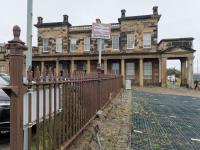 |  |  | 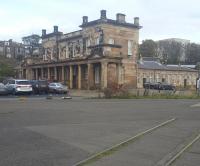 | 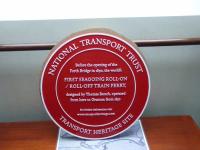 | 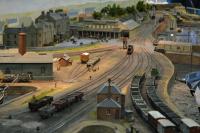 | 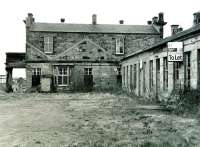 |  |  |

